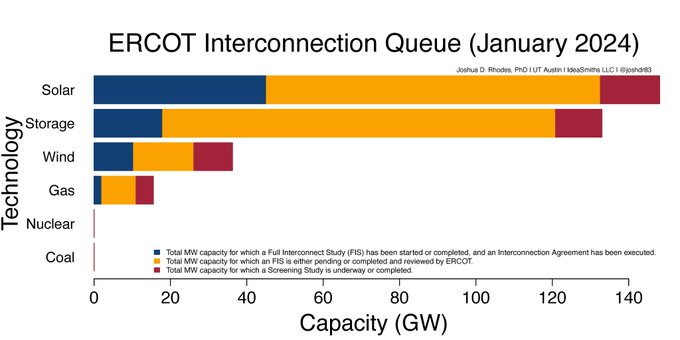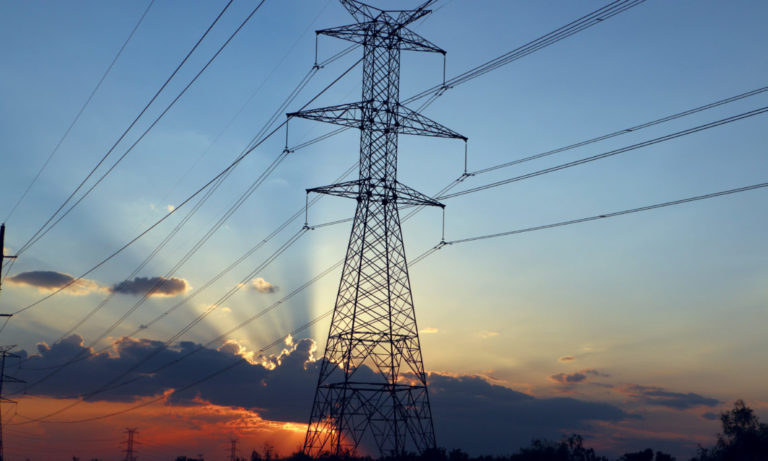December 2, 2021
By Cavan Merski, data analyst, Pecan Street Inc.
Microgrids get name-dropped a lot. And for good reason. The promise of a smarter, more resilient, and cleaner grid is enough to make any energy geek swoon. But given all the buzz, there’s a short supply of guidance on how we can deploy microgrid technology at scale.
Pecan Street’s new analysis puts our energy data expertise to work to answer part of the microgrid riddle – how can big data enable widespread microgrid deployment?
Download the white paper: Using Big Data to Maximize Microgrid Performance, Improve Resilience and Increase Clean Energy
Microgrids will play a critical role as our electric grid decarbonizes and communities fortify their infrastructure against extreme weather emergencies. In the northeast United States, microgrids were included in rebuild efforts after Superstorm Sandy. Many organizations, including Pecan Street, are investigating their potential in Puerto Rico as the island rebounds from Hurricanes Irma and Maria.
Because microgrids can be used to achieve a wide array of goals and are often individually customized, it’s important to right-size their components to each microgrid’s individual purpose. Pecan Street’s groundbreaking electricity data offers unique insight into several variables that should drive microgrid design and implementation. Collected every second from nearly 1,000 homes in Texas, California and New York, our real-world data allows appliance-level demand analysis that can guide current and future design and technical specification processes.
At the core of our guidelines is a simple recommendation: the better your data, the better your microgrid. The concept of microgrids is simple. Designing a microgrid to meet a variety of potential goals and to deliver power during emergencies is more complicated. The white paper examines how high-frequency circuit-level electricity data produced by Pecan Street’s residential energy network can help microgrid designers:
- Mitigate unpredictable demand curves and ensure batteries / inverters can withstand load variations;
- Develop demand side management capable of coordinating and flexing loads to maximize power capacity or minimize emissions;
- Prevent low power factor from becoming disruptive; and
- Predict potential load pickup from thermostatic loads based on grid downtime and outside air temperature.


















